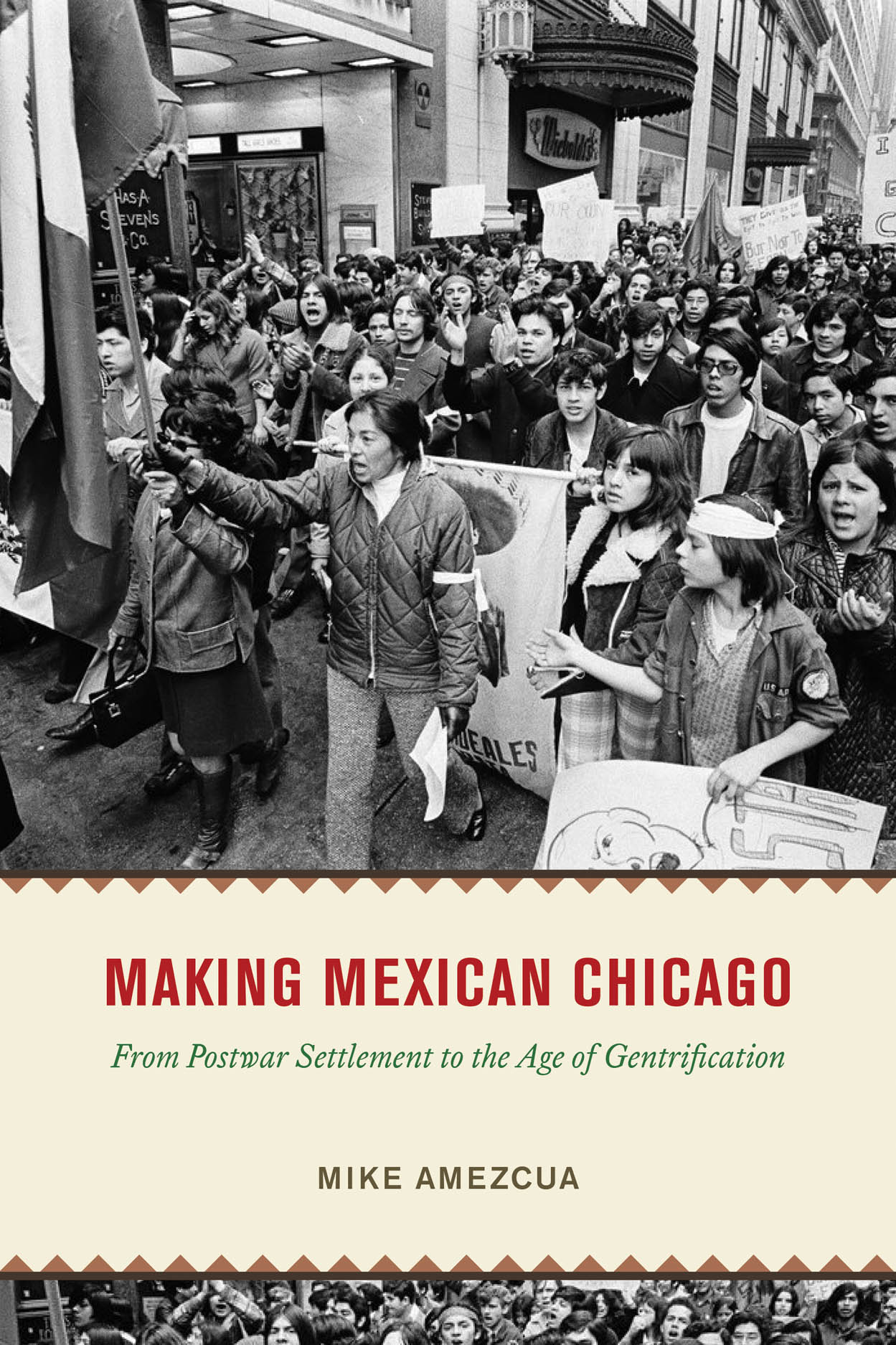In the 1960s, Chicago’s white neighborhoods didn’t want Mexican Americans moving in. But one determined real estate broker changed everything.
In May of 1957, US marshals arrested 42-year-old homemaker and civic leader Anita Villarreal at her home in Chicago’s Near West Side. The federal government indicted her on three counts: producing fraudulent immigrant visas, presenting false documents to a government agency, and knowingly falsifying information.
For over a decade, Villarreal had run a public notary business, a service that handles immigration paperwork typical of many barrio communities. She was one of many brokers who helped supply the regional labor market with Mexican workers, often with the consent and cooperation of US immigration authorities. Since World War II, local immigration officials relied on brokers like Villarreal to help place Mexican workers with employers in the city and across the greater Midwest. She arranged their immigration paperwork, housed them for a while, and then sent them off to their new employer. But priorities of the immigration enforcement apparatus changed in the 1950s, as it sought to exercise more control over the nation’s borders and to target workers now seen as “illegal” by the state—and considered potential security threats—amid anticommunist fervor.
Rather than recognizing the complicity of immigration agencies and capitalists in creating the marketplace for cheap labor, the US government targeted Villarreal as the individual responsible for bringing thousands of Mexican “illegals” to Chicago. A federal court punished and scapegoated her in an ever-shifting landscape where Mexican workers were increasingly criminalized for simply being in Chicago.
With her faith in the state now shaken, Villarreal began the 1960s armed with a real estate license and fully committed to making her mark in the private sphere through the selling and buying of property. By then, Chicago’s Latino population had swelled to an estimated 200,000 With the razing of the Near West Side, Mexicans searched for other nearby neighborhoods in which to live. Local real estate agents either capitalized on this Latino market or—in the service of white neighborhood preservation—stood in its way.
Villarreal had always been an astute observer of the political-economic realities shaping Mexican migration: namely, that capitalism naturally undermined the country’s desire for stringent control and deportation of border crossers. In short, as long as America needed workers—especially vulnerable, undocumented ones—those workers would need homes.
And homes she would sell to them, even if it meant crossing hostile neighborhood boundaries.
